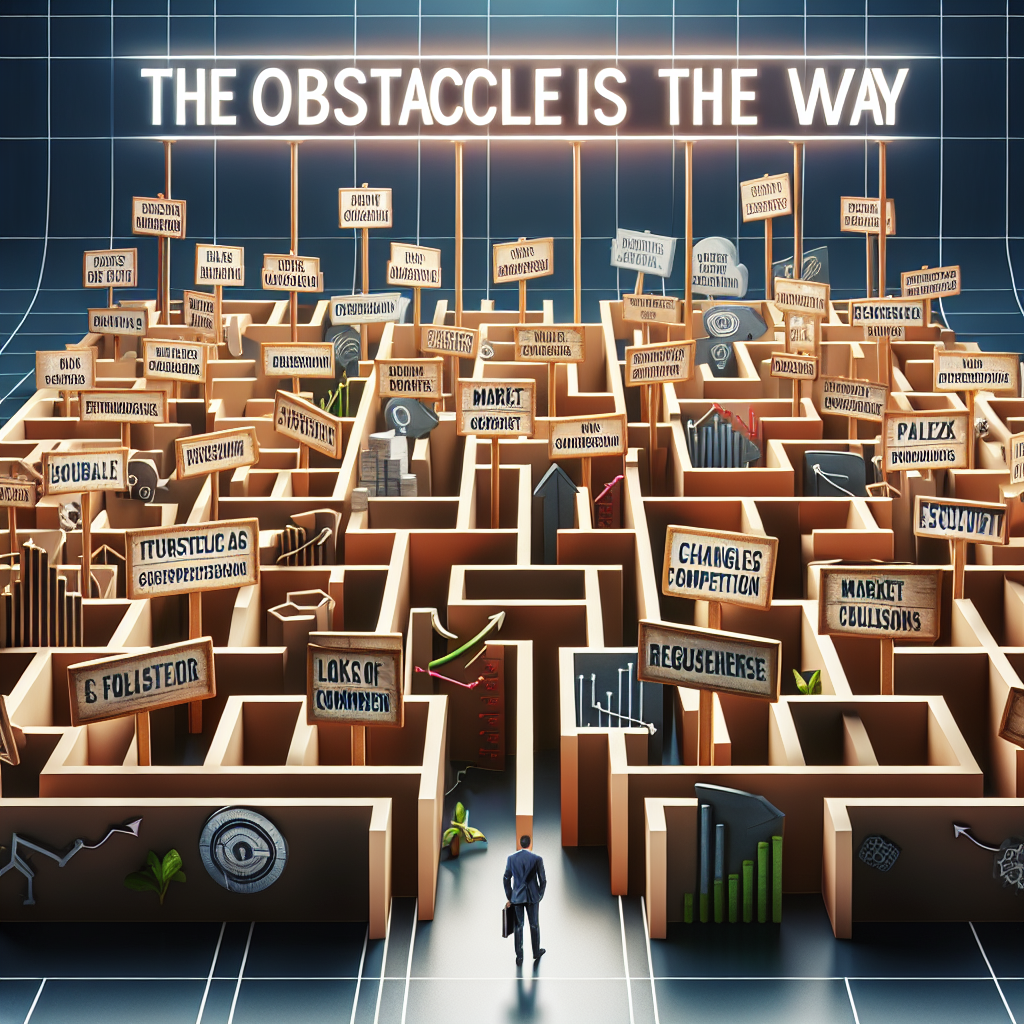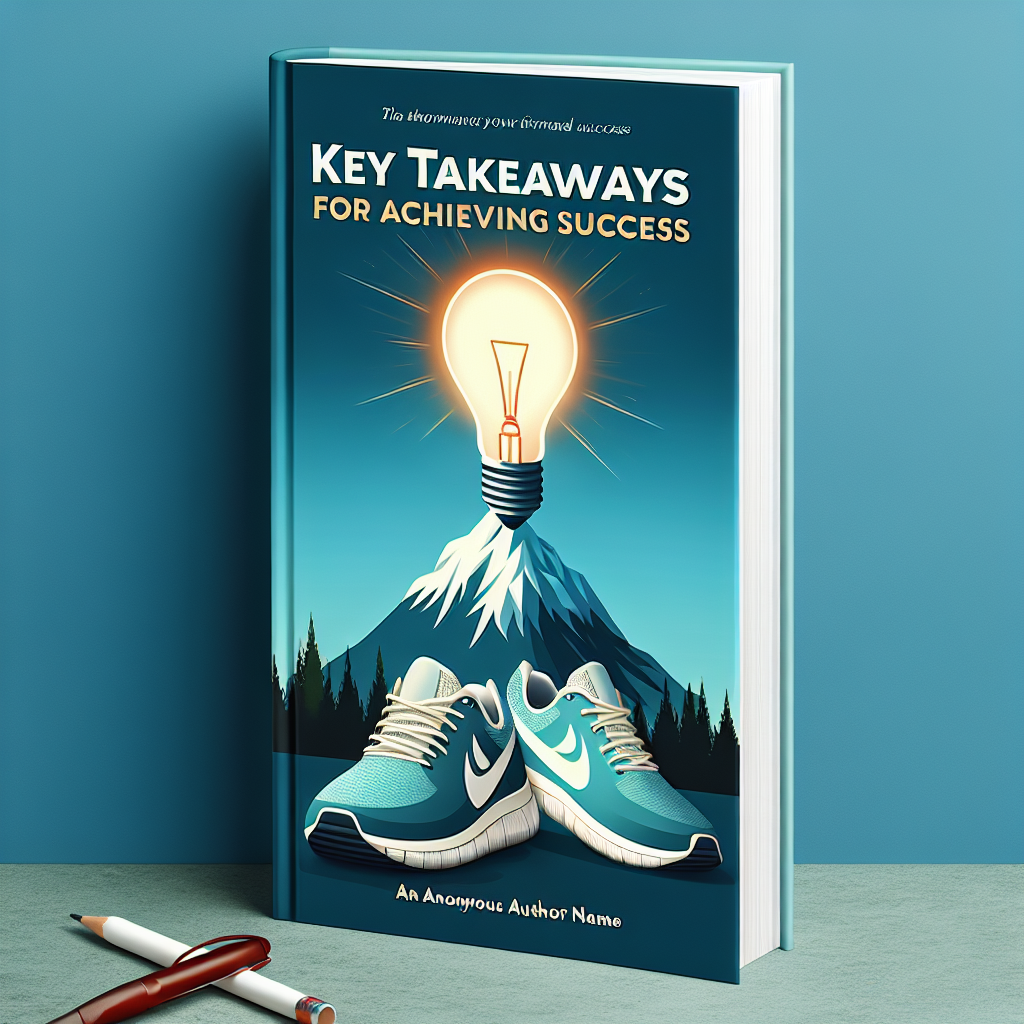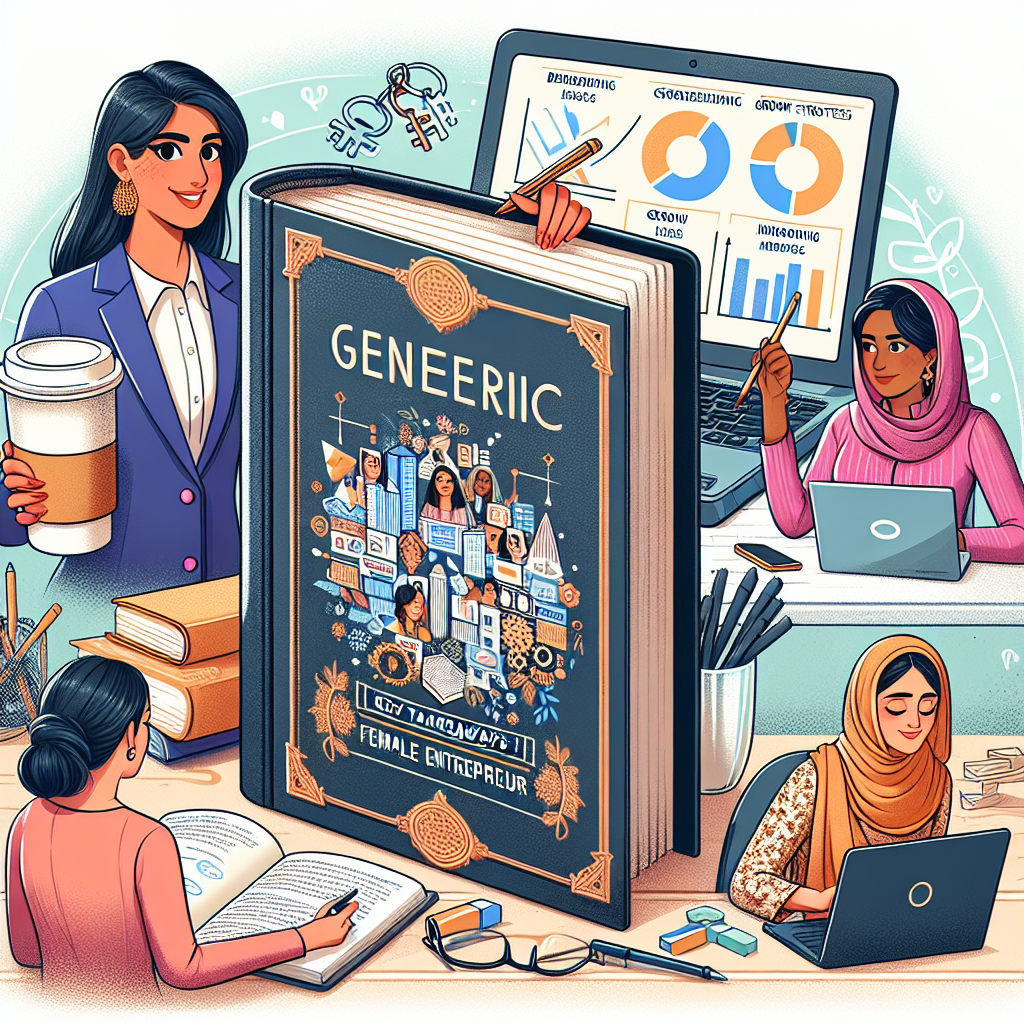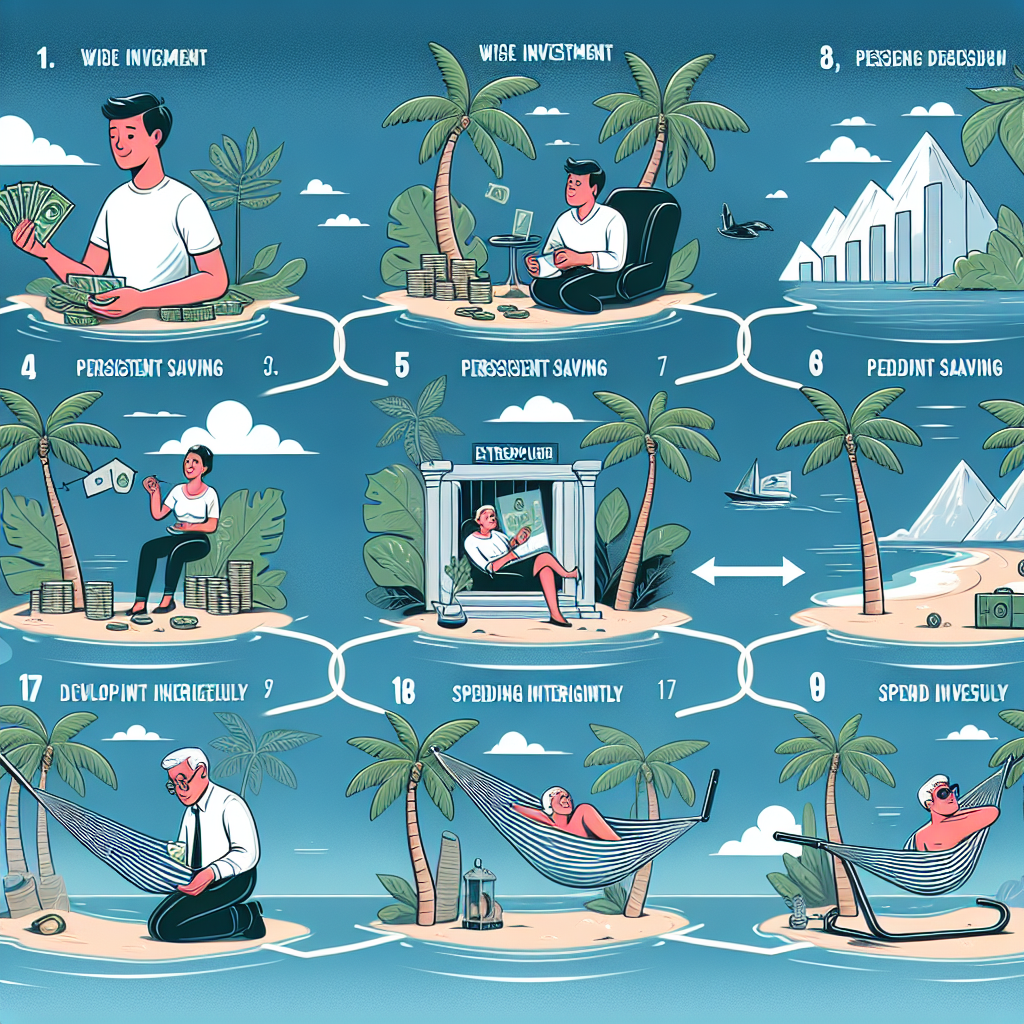What You Can Learn from Howard Schultz’s Onward for Entrepreneurial Leadership
Visionary Leadership
Howard Schultz’s book ”Onward” offers a treasure trove of insights for anyone interested in entrepreneurial leadership. One of the most compelling aspects of Schultz’s narrative is his visionary leadership, which is evident throughout his journey with Starbucks. Visionary leadership is not just about having a grand idea; it’s about seeing the potential in that idea and having the tenacity to bring it to life, even when faced with significant challenges.
Schultz’s story begins with his deep belief in the Starbucks brand and its mission. He saw Starbucks not just as a coffee shop, but as a place where people could connect and experience a sense of community. This vision was clear and compelling, and it guided every decision he made. For entrepreneurs, this underscores the importance of having a clear vision. A well-defined vision acts as a North Star, guiding the company through both calm and turbulent times.
Moreover, Schultz’s ability to communicate his vision effectively was crucial. He didn’t just keep his ideas to himself; he shared them with his team, his customers, and the world. This open communication helped to build a strong, cohesive culture within Starbucks. For aspiring leaders, this highlights the importance of not only having a vision but also being able to articulate it in a way that inspires and motivates others.
Transitioning from vision to action, Schultz demonstrated that visionary leadership also involves making tough decisions. When he returned to Starbucks as CEO in 2008, the company was struggling. Schultz had to make difficult choices, such as closing underperforming stores and laying off employees, to steer the company back on course. These decisions were not easy, but they were necessary to realign the company with its core values and vision. This aspect of Schultz’s leadership teaches entrepreneurs that sometimes, tough decisions are essential for long-term success.
In addition to making tough decisions, Schultz’s story also emphasizes the importance of innovation. He constantly sought new ways to enhance the Starbucks experience, whether it was through introducing new products, redesigning stores, or leveraging technology. This relentless pursuit of innovation kept Starbucks relevant and competitive in a rapidly changing market. For entrepreneurs, this serves as a reminder that staying ahead often requires continuous innovation and a willingness to adapt.
Furthermore, Schultz’s leadership style was deeply rooted in empathy and social responsibility. He believed that a company should not only be profitable but also make a positive impact on society. This belief led to initiatives such as providing healthcare benefits to employees and sourcing ethically produced coffee. By integrating social responsibility into the company’s vision, Schultz built a brand that resonated with both employees and customers on a deeper level. This aspect of his leadership highlights the growing importance of corporate social responsibility in today’s business landscape.
Lastly, Schultz’s journey underscores the importance of resilience. The path to success is rarely smooth, and Schultz faced numerous setbacks along the way. However, his unwavering commitment to his vision and his ability to learn from failures enabled him to overcome obstacles and drive Starbucks to new heights. For entrepreneurs, this resilience is a crucial trait, as it helps them navigate the inevitable ups and downs of building a business.
In conclusion, Howard Schultz’s ”Onward” offers valuable lessons in visionary leadership for entrepreneurs. From having a clear and compelling vision, communicating it effectively, making tough decisions, fostering innovation, embracing social responsibility, to demonstrating resilience, Schultz’s journey provides a comprehensive blueprint for entrepreneurial success. By internalizing these lessons, aspiring leaders can better navigate their own paths and turn their visions into reality.
Resilience in Adversity
Howard Schultz’s book ”Onward” offers a treasure trove of insights for entrepreneurial leadership, particularly in the realm of resilience in adversity. As the former CEO of Starbucks, Schultz faced numerous challenges that tested his resolve and leadership skills. His experiences provide valuable lessons for entrepreneurs striving to navigate the turbulent waters of business.
One of the most compelling aspects of Schultz’s journey is his unwavering commitment to his vision, even when faced with significant obstacles. When Starbucks experienced a downturn in the mid-2000s, many doubted the company’s ability to recover. However, Schultz’s belief in the core values of the brand and his dedication to quality and customer experience never wavered. This steadfastness is a crucial lesson for entrepreneurs: maintaining a clear vision and staying true to your principles can guide you through the toughest times.
Moreover, Schultz’s approach to adversity highlights the importance of adaptability. When he returned as CEO in 2008, he recognized that the company needed to evolve to survive. He wasn’t afraid to make difficult decisions, such as closing underperforming stores and investing in new technology. This willingness to adapt and innovate is essential for any entrepreneur facing adversity. It’s not just about weathering the storm but also about finding new ways to thrive in a changing environment.
Another key takeaway from Schultz’s experience is the value of transparency and communication. During Starbucks’ rough patch, Schultz made it a point to communicate openly with his employees and customers. He believed that honesty and transparency would help rebuild trust and morale. For entrepreneurs, this underscores the importance of maintaining open lines of communication, especially during challenging times. Being transparent about the difficulties and the steps being taken to address them can foster a sense of unity and shared purpose.
Schultz’s story also emphasizes the significance of resilience on a personal level. Leading a company through adversity is not just about strategic decisions; it’s also about personal endurance. Schultz often speaks about the emotional toll of the challenges he faced and how he managed to stay motivated. For entrepreneurs, this highlights the need for self-care and mental fortitude. Building a support system, whether through mentors, peers, or family, can provide the emotional resilience needed to persevere.
Furthermore, Schultz’s journey illustrates the power of a strong company culture. He believed that Starbucks’ success was deeply rooted in its culture and values. Even during tough times, he focused on nurturing this culture, ensuring that employees felt valued and connected to the company’s mission. For entrepreneurs, this is a reminder that a strong, positive culture can be a source of strength and stability, helping to navigate through adversity.
In addition, Schultz’s emphasis on social responsibility and ethical leadership is particularly relevant. He demonstrated that businesses could be both profitable and socially responsible. By focusing on ethical sourcing, community engagement, and employee welfare, Schultz showed that doing good can also be good for business. This approach can inspire entrepreneurs to integrate social responsibility into their business models, creating a positive impact while building resilience.
In conclusion, Howard Schultz’s ”Onward” offers a rich tapestry of lessons on resilience in adversity for entrepreneurial leaders. His unwavering vision, adaptability, transparency, personal resilience, strong company culture, and commitment to social responsibility provide a comprehensive guide for navigating the challenges of entrepreneurship. By embracing these principles, entrepreneurs can not only survive but also thrive in the face of adversity.
Customer-Centric Approach
In Howard Schultz’s book ”Onward,” the former Starbucks CEO shares invaluable insights into entrepreneurial leadership, particularly emphasizing the importance of a customer-centric approach. This philosophy is not just a business strategy but a core value that Schultz believes is essential for any successful enterprise. By focusing on the needs and experiences of customers, entrepreneurs can build stronger, more resilient businesses that stand the test of time.
One of the key lessons from Schultz’s narrative is the significance of understanding your customer base. Schultz recounts how Starbucks initially struggled when it expanded too quickly, losing touch with the very people who made the brand successful. This misstep served as a wake-up call, prompting Schultz to refocus on the customer experience. He realized that knowing your customers—what they want, what they need, and how they feel—can make or break a business. This understanding goes beyond mere market research; it involves a deep, empathetic connection with the people you serve.
Transitioning from understanding to action, Schultz demonstrates how to implement a customer-centric approach effectively. One of the most compelling examples is Starbucks’ commitment to creating a ”third place” for its customers—a space that is neither home nor work but a comfortable, welcoming environment where people can relax and connect. This concept was not just about selling coffee; it was about creating an experience that resonated with customers on a personal level. By prioritizing the customer experience, Starbucks was able to foster loyalty and build a community around its brand.
Moreover, Schultz’s emphasis on quality and consistency is another critical aspect of a customer-centric approach. He believed that every cup of coffee should meet the highest standards, ensuring that customers receive the same excellent product every time they visit. This commitment to quality extends to all areas of the business, from sourcing the best beans to training baristas meticulously. By maintaining high standards, entrepreneurs can build trust and reliability, which are crucial for long-term success.
In addition to quality, Schultz highlights the importance of innovation in meeting customer needs. He shares how Starbucks continually evolved its menu and services based on customer feedback and changing preferences. For instance, the introduction of new beverages, food items, and even mobile ordering options were all driven by a desire to enhance the customer experience. This willingness to adapt and innovate keeps the brand relevant and responsive to its customers’ evolving needs.
Furthermore, Schultz’s approach underscores the value of listening to customers. He often engaged directly with customers and employees to gather insights and feedback. This practice not only provided valuable information but also made customers feel valued and heard. Entrepreneurs can learn from this by creating channels for open communication and actively seeking out customer opinions. This two-way dialogue can lead to better products, services, and overall customer satisfaction.
Lastly, Schultz’s journey illustrates the power of aligning company values with customer values. Starbucks’ commitment to ethical sourcing, environmental sustainability, and community involvement resonated with customers who shared these values. By aligning business practices with the values of their customer base, entrepreneurs can create a deeper connection and foster a sense of shared purpose.
In conclusion, Howard Schultz’s ”Onward” offers a wealth of knowledge for entrepreneurs looking to adopt a customer-centric approach. By understanding and empathizing with customers, prioritizing quality and consistency, embracing innovation, listening actively, and aligning values, entrepreneurs can build strong, enduring businesses. Schultz’s experiences serve as a testament to the power of putting customers at the heart of your business strategy.
Innovation and Adaptability
Howard Schultz’s book ”Onward” offers a treasure trove of insights for entrepreneurial leadership, particularly in the realms of innovation and adaptability. As the former CEO of Starbucks, Schultz’s journey is a testament to the power of visionary thinking and the importance of staying nimble in a rapidly changing business landscape. One of the key takeaways from ”Onward” is the necessity of innovation, not just as a one-time effort but as a continuous process. Schultz emphasizes that innovation should be woven into the fabric of a company’s culture. This means fostering an environment where new ideas are encouraged and where employees feel empowered to experiment and take risks. By doing so, businesses can stay ahead of the curve and remain relevant in an ever-evolving market.
Moreover, Schultz’s narrative underscores the importance of adaptability. In the face of economic downturns and shifting consumer preferences, Schultz led Starbucks through a period of significant transformation. He recognized that clinging to old ways of doing things could spell disaster. Instead, he championed a mindset of flexibility, urging his team to embrace change and view challenges as opportunities for growth. This adaptability was crucial in helping Starbucks navigate turbulent times and emerge stronger.
Transitioning from the broader themes of innovation and adaptability, Schultz’s story also highlights the importance of staying true to core values while evolving. He believed that a company’s mission and values should serve as a guiding star, even as it innovates and adapts. For Starbucks, this meant maintaining a commitment to quality, community, and sustainability, even as they introduced new products and expanded globally. By staying anchored to these core values, Starbucks was able to build a loyal customer base and foster a sense of trust and authenticity.
Another lesson from ”Onward” is the significance of listening to customers. Schultz was a strong advocate for understanding and responding to customer needs and preferences. He believed that customer feedback was invaluable in driving innovation and ensuring that the company remained relevant. This customer-centric approach led to the development of new products and services that resonated with consumers, ultimately contributing to Starbucks’ success.
Furthermore, Schultz’s leadership style offers valuable insights into the human side of business. He placed a high value on empathy and believed that treating employees with respect and dignity was essential for fostering a positive and productive work environment. This people-first approach not only boosted employee morale but also translated into better customer service and a stronger brand reputation.
In addition to these lessons, ”Onward” also illustrates the importance of resilience. Schultz’s journey was not without its setbacks and challenges. However, his unwavering determination and ability to persevere in the face of adversity were key factors in his success. This resilience, coupled with a willingness to learn from mistakes and continuously improve, is a crucial trait for any entrepreneur.
In conclusion, Howard Schultz’s ”Onward” provides a wealth of knowledge for entrepreneurial leaders, particularly in the areas of innovation and adaptability. By fostering a culture of continuous innovation, staying adaptable in the face of change, remaining true to core values, listening to customers, prioritizing empathy, and demonstrating resilience, entrepreneurs can navigate the complexities of the business world and achieve lasting success. Schultz’s journey serves as an inspiring example of how these principles can be applied to build and sustain a thriving enterprise.
Building a Strong Company Culture
In Howard Schultz’s book ”Onward,” the former Starbucks CEO delves into the intricacies of revitalizing a company that had lost its way. One of the most compelling lessons for entrepreneurial leadership is the importance of building a strong company culture. Schultz’s journey with Starbucks offers invaluable insights into how a well-defined and nurtured culture can serve as the backbone of a thriving business.
To begin with, Schultz emphasizes the significance of aligning the company’s mission with its values. When he returned to Starbucks in 2008, the company was facing numerous challenges, from declining sales to a diluted brand identity. Schultz knew that to turn things around, he had to reconnect the company with its core values. This meant not just focusing on profits but also on the quality of the coffee, the customer experience, and the well-being of employees, whom Starbucks refers to as ”partners.” By reinforcing these values, Schultz was able to reignite a sense of purpose within the organization.
Moreover, Schultz’s approach to leadership underscores the importance of transparency and open communication. During the company’s turnaround, he made it a point to communicate openly with employees about the challenges and the steps being taken to address them. This transparency helped to build trust and foster a sense of collective responsibility. Employees felt more engaged and motivated because they understood the bigger picture and their role in it. For entrepreneurs, this highlights the value of keeping lines of communication open and ensuring that everyone in the organization feels included and informed.
Another key takeaway from Schultz’s experience is the role of innovation in sustaining a strong company culture. While it’s crucial to stay true to core values, Schultz also recognized the need for continuous innovation to keep the brand relevant. This involved not just introducing new products but also rethinking the customer experience. For instance, Schultz spearheaded the introduction of the Starbucks Rewards program, which not only drove customer loyalty but also created a sense of community among customers and employees alike. This balance between tradition and innovation is essential for any entrepreneur looking to build a resilient company culture.
Additionally, Schultz’s commitment to social responsibility serves as a powerful example of how a company’s culture can extend beyond its immediate business goals. Under his leadership, Starbucks took significant steps to address social and environmental issues, from ethical sourcing of coffee beans to reducing the company’s carbon footprint. These initiatives were not just about corporate social responsibility; they were integral to the company’s identity and values. For entrepreneurs, this illustrates the importance of integrating social and environmental considerations into the company’s culture, thereby creating a more holistic and sustainable business model.
Furthermore, Schultz’s focus on employee development and well-being is another cornerstone of a strong company culture. He understood that the success of Starbucks was intrinsically linked to the satisfaction and growth of its employees. This led to initiatives such as offering healthcare benefits and stock options to part-time employees, as well as providing opportunities for career advancement. By investing in employees, Schultz was able to cultivate a loyal and motivated workforce, which in turn contributed to the company’s overall success.
In conclusion, Howard Schultz’s ”Onward” offers a rich tapestry of lessons for entrepreneurial leadership, particularly in the realm of building a strong company culture. From aligning mission and values to fostering open communication, embracing innovation, committing to social responsibility, and investing in employee well-being, Schultz’s approach provides a comprehensive blueprint for creating a resilient and thriving business. For entrepreneurs, these insights are not just theoretical but practical strategies that can be implemented to build a company culture that stands the test of time.




















